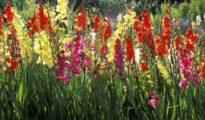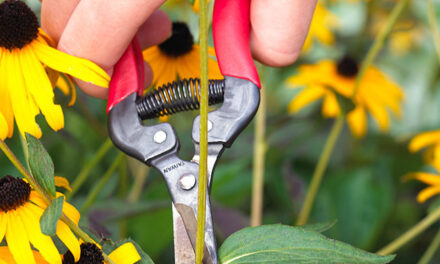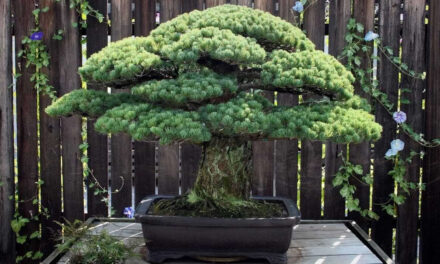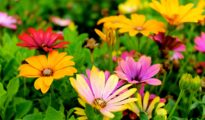Gardening enthusiasts and nature lovers alike know the joy that comes with a vibrant garden bursting with colorful blooms. One of the best ways to achieve this stunning display is by planting flower bulbs. These fascinating underground powerhouses hold the potential to transform your garden into a haven of beauty. In this ultimate guide, we will delve into the art of planting flower bulbs, providing you with step-by-step instructions, expert tips, and valuable insights to help you create your own floral paradise.
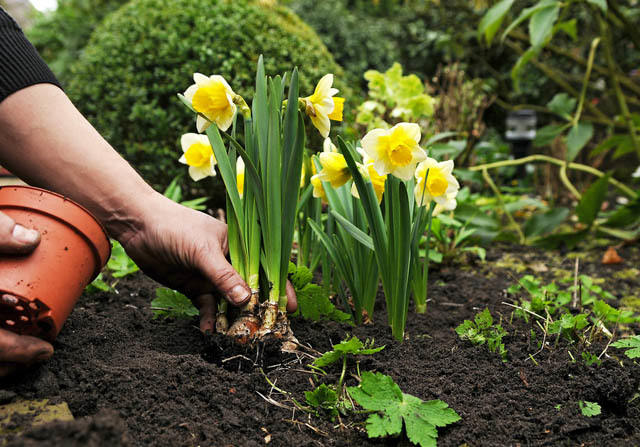
Choosing the Right Flower Bulbs
The first step in planting flower bulbs is selecting the right ones for your garden. Consider factors such as climate, soil type, and sun exposure. Some popular flower bulb varieties include tulips, daffodils, lilies, hyacinths, and crocuses. Research the specific requirements of each bulb to ensure it thrives in your garden's conditions.
Timing Is Everything
Timing plays a crucial role in the success of your flower bulb planting endeavor. Most bulbs prefer to be planted in the fall, allowing them to establish roots before the winter frost sets in. However, some bulbs, such as dahlias and gladioli, are best planted in the spring. Refer to the recommended planting times for each bulb variety to maximize their growth potential.
Preparing the Soil
Preparing the soil is essential for providing a nutrient-rich environment for your flower bulbs. Start by removing any weeds or debris from the planting area. Loosen the soil using a garden fork or tiller, ensuring it is well-draining. Consider adding organic matter, such as compost or well-rotted manure, to improve the soil's fertility and structure.
Digging the Perfect Hole
When it comes to planting flower bulbs, size matters. Digging the right hole ensures proper spacing and depth, allowing bulbs to establish themselves effectively. As a general rule, dig a hole two to three times deeper than the bulb's height. Space the bulbs according to the specific planting recommendations, typically several inches apart.
Planting with Precision
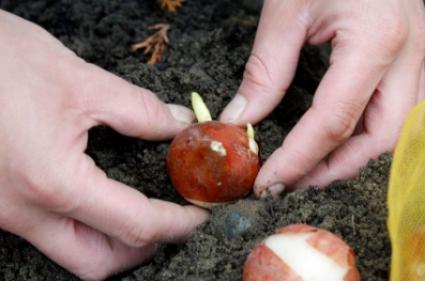
Now that you have the perfect hole, it's time to plant your flower bulbs with precision. Place the bulb in the hole with the pointed end facing upwards (unless the bulb's shape suggests otherwise). Gently cover the bulb with soil, ensuring there are no air pockets. Press the soil down firmly but avoid compacting it too much.
Watering and Mulching
After planting your flower bulbs, give them a good watering to help settle the soil and provide the bulbs with the moisture they need. Follow up with a layer of organic mulch, such as straw or shredded bark, to conserve moisture, suppress weeds, and insulate the bulbs during extreme temperatures.
Post-Planting Care
Once your flower bulbs are in the ground, proper care is vital to ensure their successful growth. Water the bulbs regularly, especially during dry spells. Monitor soil moisture levels and avoid overwatering, as excessive moisture can lead to rot. Apply a balanced slow-release fertilizer during the growing season to promote healthy foliage and abundant blooms.
Maintenance and Winterizing
As your flower bulbs begin to fade after their blooming period, resist the temptation to remove the foliage. Allow it to wither naturally, as the bulb draws nutrients from the leaves to fuel its growth for the following year. Once the foliage has died back completely, you can gently remove it. Before winter arrives, consider protecting vulnerable bulbs with a layer of mulch or straw to insulate them from frost.
Dividing and Propagating Bulbs
Over time, some flower bulbs may become overcrowded, resulting in diminished blooms. Dividing the bulbs allows you to rejuvenate their growth and create new planting opportunities. Dividing bulbs is typically done in the dormant season, either in early spring or fall. Carefully dig up the clump of bulbs and separate them into individual bulbs or small clusters, ensuring each division has healthy roots and shoots. Replant the divided bulbs at the appropriate depth and spacing, and provide them with the necessary care to establish and flourish.
Dealing with Common Challenges
Like any gardening endeavor, planting flower bulbs comes with its own set of challenges. Some common issues include pests like squirrels and voles digging up bulbs, diseases like bulb rot, and inadequate flowering due to factors such as poor soil conditions or incorrect planting depth. Take preventive measures such as using wire mesh or repellents to deter pests, ensuring proper soil drainage, and following planting guidelines to minimize these challenges.
Experimenting and Enjoying the Rewards
Gardening is an ever-evolving journey, and planting flower bulbs provides a canvas for experimentation and creativity. Mix and match different bulb varieties, experiment with color combinations and planting locations, and observe how your garden transforms through the seasons. The reward of your efforts will be a breathtaking display of vibrant colors, enticing fragrances, and a sense of pride in creating your own floral masterpiece.
Planting flower bulbs is an art that allows you to harness nature's beauty and create a captivating garden. By following the steps outlined in this ultimate guide, you can unlock the full potential of these underground marvels and enjoy a stunning display of blooms year after year. Remember to choose the right bulbs, prepare the soil, plant with precision, provide adequate care, and overcome common challenges along the way. Embrace the joy of gardening and let the magic of flower bulbs unfold before your eyes, turning your outdoor space into a sanctuary of nature's wonders. Happy planting!

